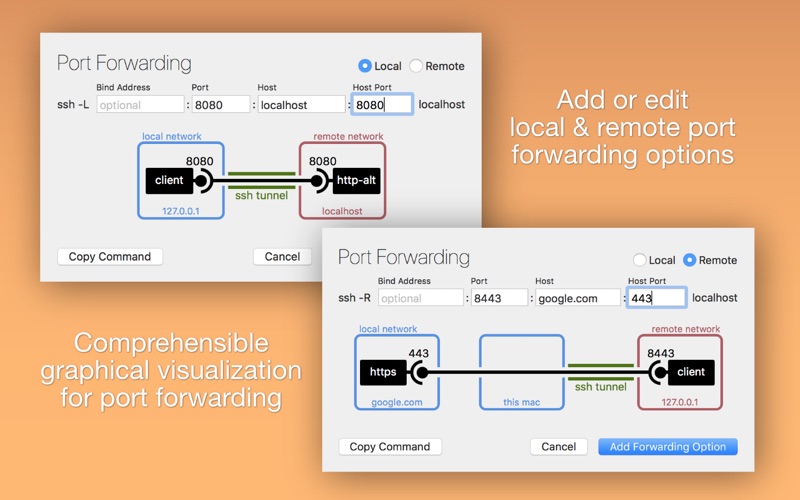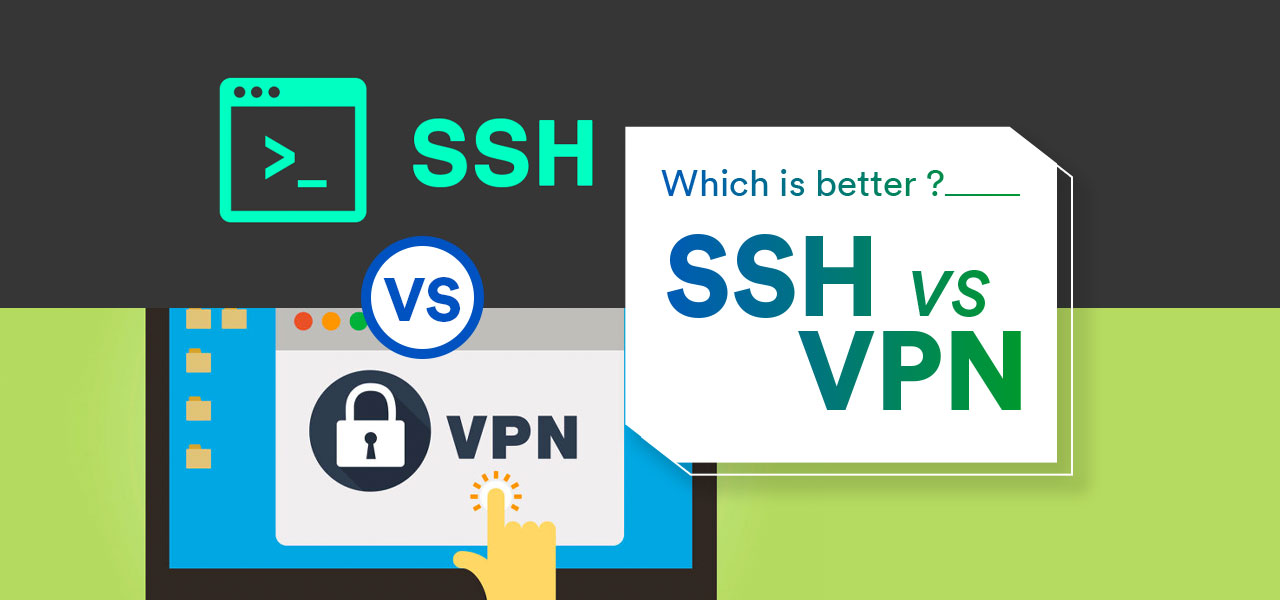

How to pass through a gateway using stdio forwarding Multiple -tt options force tty allocation, even if ssh has no local tty. This can be used to execute arbitrary screen-based programs on a remote machine. The -t option passed to the ssh command force pseudo-tty allocation.$ ssh -tt ssh -tt ssh -tt ssh -tt command1 arg1 arg2 This is useful for connecting to FooServer via firewall called ‘Jumphost’ as the jump host: Instead of typing two ssh command, I can type the following all-in-one command. $ ssh -o Prox圜ommand="ssh -W %h:%p ssh -o Prox圜ommand="ssh -W %h:%p The oldest clients don’t support the -W option $ ssh -o Prox圜ommand="ssh -W %h:%p Jumphost" FooServer In older versions of openssh the -J is not available. $ ssh -J Jumphost ssh -J $ ssh -J :22 Command to use when the -J option not available
I can connect to the target host named by first making a ssh connection to the jump host called and then establishing a TCP forwarding to the ultimate destination from there: $ sh I must ssh through the intermediary system as follows: I can can only access a remote server named ‘FooServer’ via ssh by first login into an intermediary server called ‘Jumphost’. If you can’t see your integration listed there, you will need to restart Home Assistant for changes to take effect.The SSH set up is as follows to remote hosts though a proxy or bastion with ProxyJump and other options:

To do this, go to Developer Tools > YAML and scroll down to the YAML configuration reloading section (alternatively, hit “c” anywhere in the UI and search for it). Most integrations in Home Assistant that do not interact with devices or services can reload changes made to their configuration in configuration.yaml. If you use Home Assistant Core, you can find configuration.yaml in the config folder passed to the hass command (default is ~/.homeassistant). If you use Home Assistant Operating System, you can find configuration.yaml in the /config folder of the installation. If you use Home Assistant Container, you can find configuration.yaml in the config folder that you mounted in your container. Right under the version you are running, you will find what path Home Assistant has loaded the configuration from. The path to your configuration directory can be found in the Home Assistant frontend by going to Settings > System > System Health If you prefer to use a file editor on your computer, use the Samba add-on to access the files as a network share. This add-on runs VS Code, which offers live syntax checking and auto-fill of various Home Assistant entities (if unavailable on your system, use File Editor add-on instead).
#Ssh config editor mac code#
The easiest option to edit configuration.yaml is to use the Studio Code Server add-on. If you run into trouble while configuring Home Assistant, refer to the configuration troubleshooting page and the configuration.yaml examples. Throughout the documentation you will find snippets that you can add to your configuration file to enable specific functionality. This file contains integrations to be loaded along with their configurations.

While you can configure most of Home Assistant directly from the user interface under Settings, some parts need you to edit configuration.yaml.


 0 kommentar(er)
0 kommentar(er)
